Vesterø Havn
Marina near Vesterø Havn
Latitude
57° 17’ 48.2” NLongitude
10° 55’ 25” EDescription
Popular fishing and ferry port on the west coast of the island of Læsø.
NV Cruising Guide
Navigation
The approach to the fired harbour is possible day and night. It is approached from the northwest via a fairway marked with two green buoys with a target depth of 3,5 m. At night a pair of leading lights with 136° (each Iso.R) points into the harbour. Keep well clear of the reef areas "Rønne Rev" in the north and "Læsø N.W. Rev" west of the harbour. You should also pay attention to the ferry traffic, as the ferry has hardly any possibilities to take evasive action due to its draught.
Berths
The southern harbour basin is kept free for pleasure craft during the season. Here you can moor in water depths of 2.9m on ground harnesses with fixed stern lines or alongside in a pack. The fishing basin in the north should not be used by yachts.
Surroundings
At the harbour, apart from the usual sanitary facilities, there is also fuel, a cutter yard and very good possibilities for food supply. In addition, the village is an excellent starting point for extensive bicycle trips across the island worth seeing.
NV Land Guide
Vesterø is home to around 60 fishing boats, and the ferry from Frederikshavn docks here several times a day. A large parking lot, a few warehouses and fishermen's huts, an engine workshop, a shipyard and a slip determine the picture in the old fishing harbour. The mooring fees are almost as high as the Anholt and Skagen harbour prices and the sanitary facilities are up to standard. So nothing outstanding? On the contrary! The flat island of Læsø has a number of things to offer besides an extremely charming landscape, for example the fine sandy beaches of Holtemmen to the east of the harbour. The only catch is that most of the places to visit are not as close to the harbour as the Maritime and Fisheries Museum. So you have to take some time to get to know the island. Because Læsø is flat as a flounder almost everywhere, it is quite suitable for bicycle tours.
But first to the Fisheries and Maritime Museum at the harbour, which illustrates the close connection of the islanders on the island of Læsø to the sea for over 1000 years. Thus, the living and working conditions from the early days of fishing and seafaring up to the present are shown here. During the Middle Ages, men went cod fishing with small dinghies and simple fishing gear using the so-called double hook. After the construction of the harbour in Vesterø in 1872 and in Østerby in 1905, fishing became the most important source of income on the island. More and more lobsters were fished. The relationship to the sea is also anchored in the island's name. The natives christened Læsø after the seven-headed sea god Ægir - also called Læ.
During the Middle Ages, merchant shipping was just as important to Læsø as fishing, with salt extracted from seawater being the most important commodity. A considerable fleet of small barges also transported agricultural goods to Norway. However, commercial salt production led to an ecological disaster and is emblematic of the consequences of environmental degradation. Because large quantities of firewood were needed for salt production, the entire island's tree population was destroyed. This happened although the destructive effect of the deforestation was recognized. In 1536 Christian III forbade the building of new salt boilers, "because the forest would be disfigured by it ... and the land would thus be devastated by the sand in the course of time". The ban on salt boiling 100 years later came too late. The destruction of the forest not only meant that it was no longer possible to produce salt by boiling, but it also encouraged the sand on Læsø in such a way that large areas of arable land could no longer be cultivated. A hard struggle for survival began. Many people left the island and many men hired themselves out on foreign ships, while the women worked the remaining farmland and fished with simple tools near the shore. It is said that nowhere in Denmark during the late Middle Ages did the women develop so much self-confidence as on Læsø - and the men had so little to say. In many cases, for example, the women owned the bill of sale for the farm and also demonstrated their pride by wearing traditional costume.
Beach property became one of the most important sources of income, and the Læsøers are said to have stalked fate a little by misleading beacons. After all, nearly 700 ships were stranded on the dangerous shoals near the island from 1850 to 1900. And those who survived the shipwreck could not be sure of surviving the encounter with the islanders, who preferred it when there was no longer a rightful owner of the beach property. Timber and iron fittings were much sought after in the furnishing of the peasant smallholdings. It was not until steam navigation and better navigation that beachcombing came to an end.
The wood from a stranded ship is also found in the 300-year-old museum farm "Hjemstavnsgården", probably the best-known building on the island of Læsø. The shapeless roof, made of kelp and sod and covered with a complicated technique, gives the farm a peculiar appearance. A well-built kelp roof lasts for several hundred years and has the advantage over thatched houses that it cools more in the summer and warms better in the winter. Anyway, a visit to this museum is definitely recommended. The oldest part of the building is the "Bryggers" (washhouse, actually brewhouse), where the beams are blackened with smoke. Here not only beer was brewed, but also bread was baked. Because of the lack of wood the oven was heated with heather. The smoke escaped through a hole in the roof. In the "Bryggers" they also kept most of the working tools.
The museum yard probably belonged to a captain, as it is larger than most yards on the island and has an old people's apartment. Over 800 historic pieces are on display in the museum courtyard, old furniture, old crockery, tobacco pipes, lamps, a silver and amber collection and old photographs are among them. The island's costume on display in the museum is said to be due to the stranding of Denmark's Queen Margrethe I in the 14th century. In gratitude for her rescue, she is said to have given the costume to the women of the island. The fine fabrics for it were brought by the sailors from abroad. The costume is still worn at performances by the Læsø folk dance group. Today, making the costume is a distinctly expensive pleasure.
Directly by the museum stands an operational goat mill, such as once belonged to many farms on the island.
In the windmill, the grain was ground for their own needs and to feed the animals. Around eight kilometres must be travelled to reach the local museum near the village of Byrum. A number of other tang-roofed houses can be admired on the drive across the island.
If you don't have enough time to explore the whole island, at least take the short trip to the "Kærene", the fascinating heath and marsh landscape in the southeast of Vesterø. Similar stretches of landscape can be found in several places on the island, only a third of which is farmed and much of which is moorland and heathland.
Near the harbour is a large, irregular maze of conifers between Kokkeblomster and Plantagevej. It was created in conjunction with a landscape maintenance programme and is a feast for the eyes because of its deliberately asymmetrical shapes in this age of land consolidation.
Læsø's subsoil consists of vast layers of clay deposited on the floor of the Arctic Ocean before the Ice Age. These layers form a continuous undulating surface under the whole island, almost everywhere on a level with the present sea surface. Læsø was a headland firmly connected to Jutland until the Stone Age, when land subsided and Læsø disappeared under the sea surface. But 4-5000 years ago, only the headland of Læsø rose out of the Kattegat again, while the land connection to Jutland remained under the water. The island still rises a few centimetres out of the sea every year.
Due to forest depletion, there was almost no forest cover on the island until 1920. That changed with plantings. In the meantime, the lush forest is even characteristic of some of the landscape strips. Typical trees are the birch and the Scots pine. A prime example of successful planting is the "Læsø Klitplantage" (see map), established in 1929, although the goal of reestablishing Læsø's only pine forests has not yet been achieved.
Several marked hiking trails criss-cross the area, which is also characterised by meadows, heath and dunes and begins three kilometres east of Vesterø harbour.
For birdwatchers, Læsø is a paradise. Especially in the south, the landscapes of the offshore Rønnerne archipelago (Færøn, Lagerøn, Kringelpøn and Hornfiskrøn) are ideal for bird watching. The protected area may only be visited on foot, by bicycle, by Rønner bus or Rønner coach. The bus is nothing more than a closed carriage pulled by a tractor. More interesting is the ride in the four-horse carriages.
Ideal vantage point for nature observation is the lookout tower at Ørnklit on the eastern edge of Læsø Klitplantage. A curiosity is the Venetian-looking, 17-metre-high tower in the south of Byrum. The "aspiring" clog maker Thorvald Hansen built this tower at the beginning of the century. It was a hobby of his to measure everything imaginable. One day, when he was busy measuring the height of the Skagen lighthouse, he had the idea to design and build his own tower. In the upper part of the Læsø tower, now owned by an association, island visitors can view the surroundings through a large telescope.
Byrum Church, built in the mid-13th century, and Vesterø's South Church (three kilometres to the south-west) are the most worth seeing and the most historically significant of the four island churches. Byrum church is adorned with a three-winged Gothic altarpiece from around 1450. During restoration work in 1959, 273 coins from the time of Valdemar II and Christoffer I were found under the floor. Vesterø's smaller south church is especially known for its 16th-century lime paintings (The Magi). The large number of sheep on the island is striking. Spinning mills process the wool directly on Læsø, and the end products, sweaters and blankets made from Læsø wool, can also be purchased here.
The former Havnekirke in Vesterø, a landmark visible from afar, now houses the modern spa and wellness centre "Laesø Kur", where not far from the harbour there are also day offers for weary seamen.
Marina Information
| Max Depth | 3 m |
Contact
| Phone | +45 2033 9222 |
| Please enable Javascript to read | |
| Website | https://www.laesoe-havn.dk |
Surroundings
Electricity
Water
Toilet
Shower
Restaurant
Imbiss
Crane
Atm
Fuel
Grocery
Boatyard
Ramp
Public Transport
Bikerental
Garbage
Comments
You can add comments with the NV Charts App (Windows - iOS - Android - Mac OSX).
You can download the current version at nvcharts.com/app.
Buy nv charts covering this place Clicking one of the products will open the nv charts shop.
Places nearby
Related Regions
This location is included in the following regions of the BoatView harbour guide:

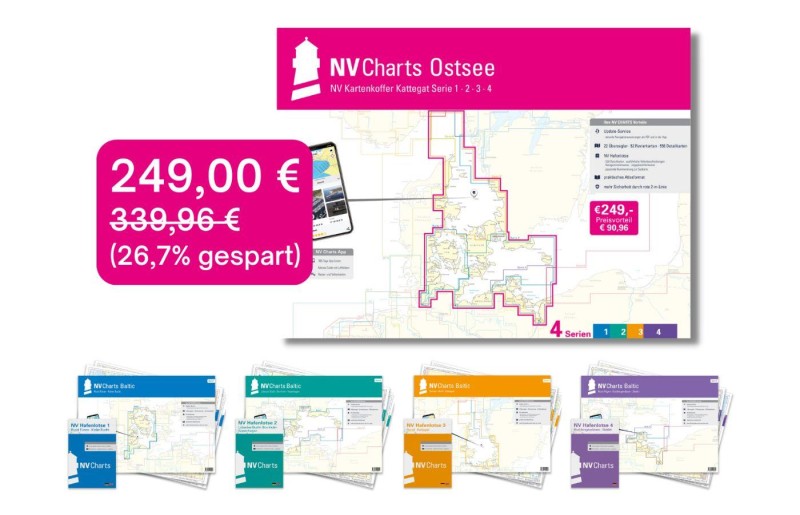
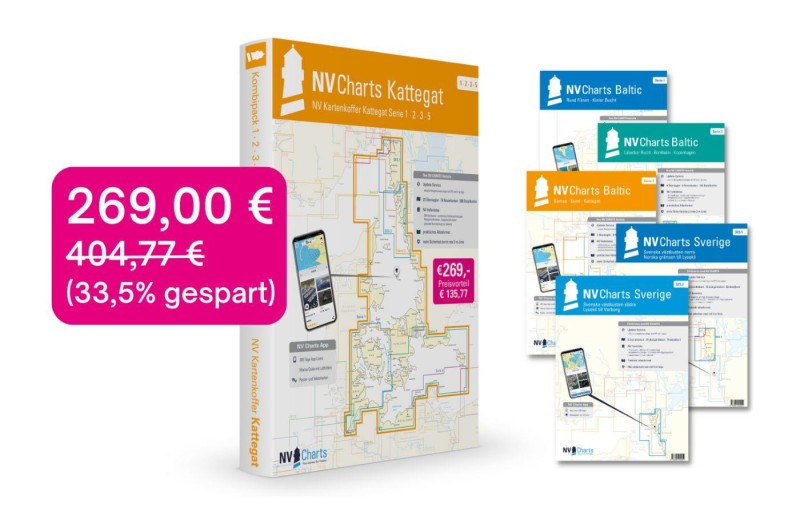
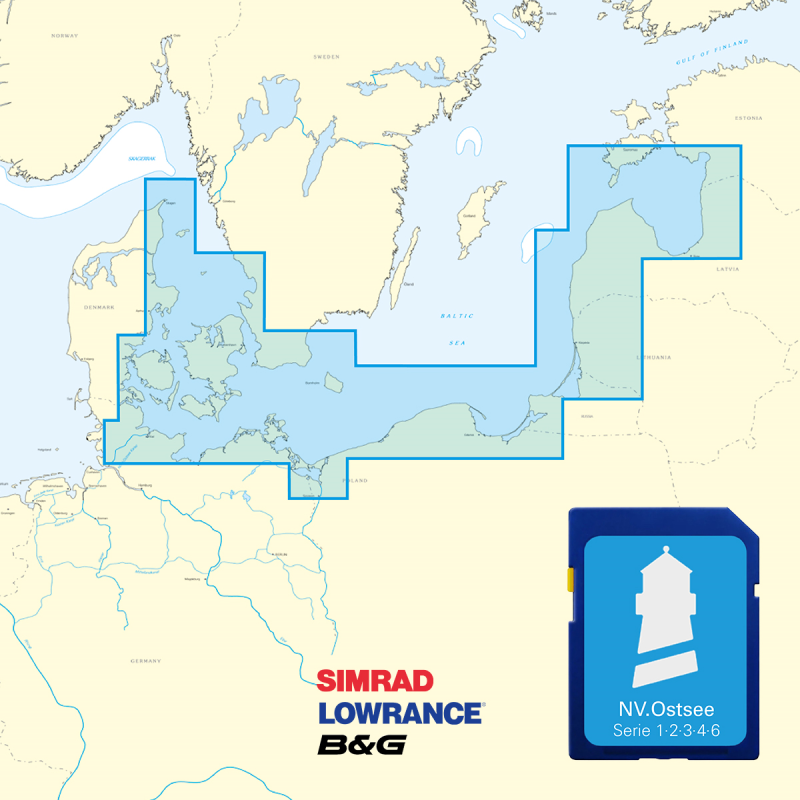
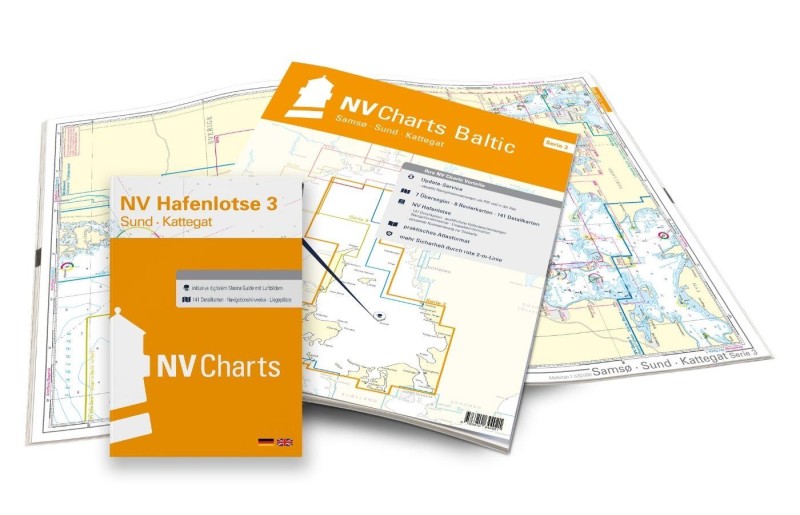
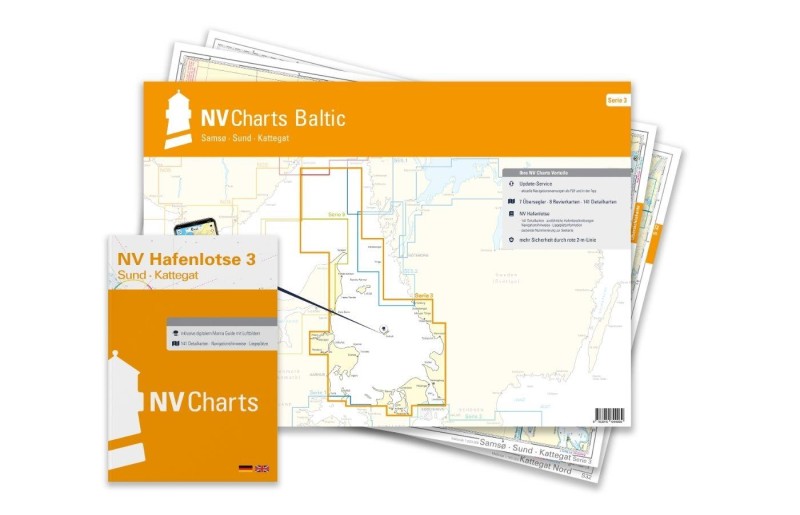
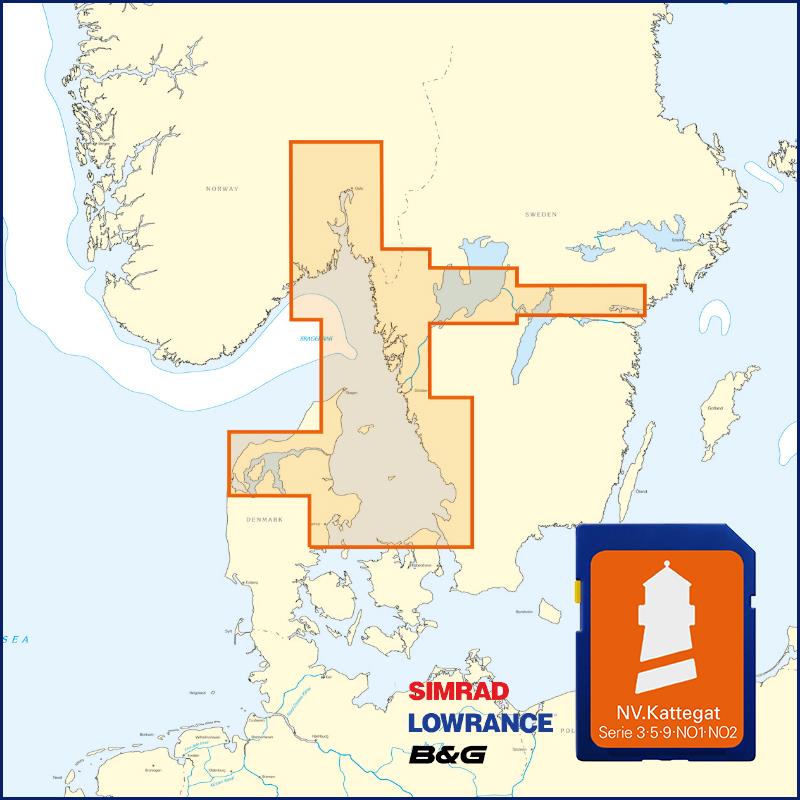
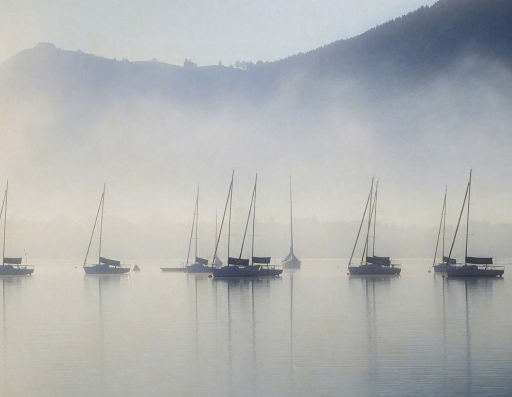
No comments or ratings have been added to this POI.